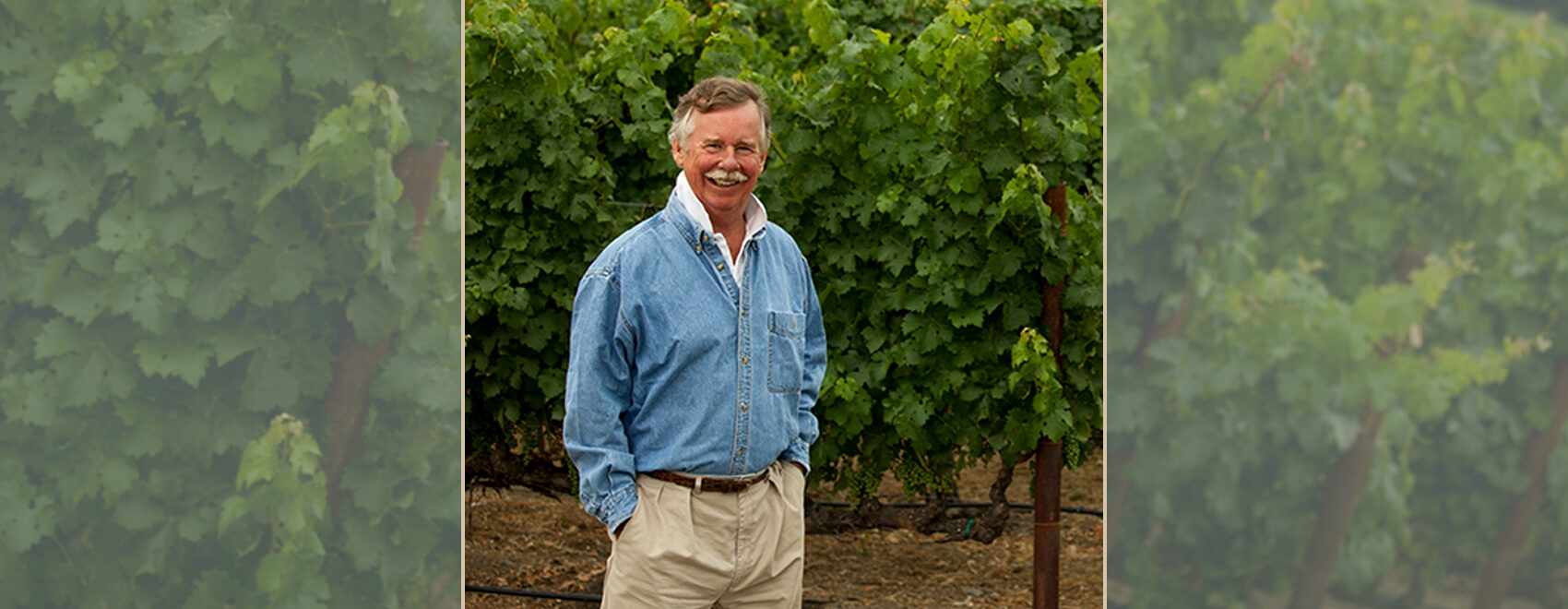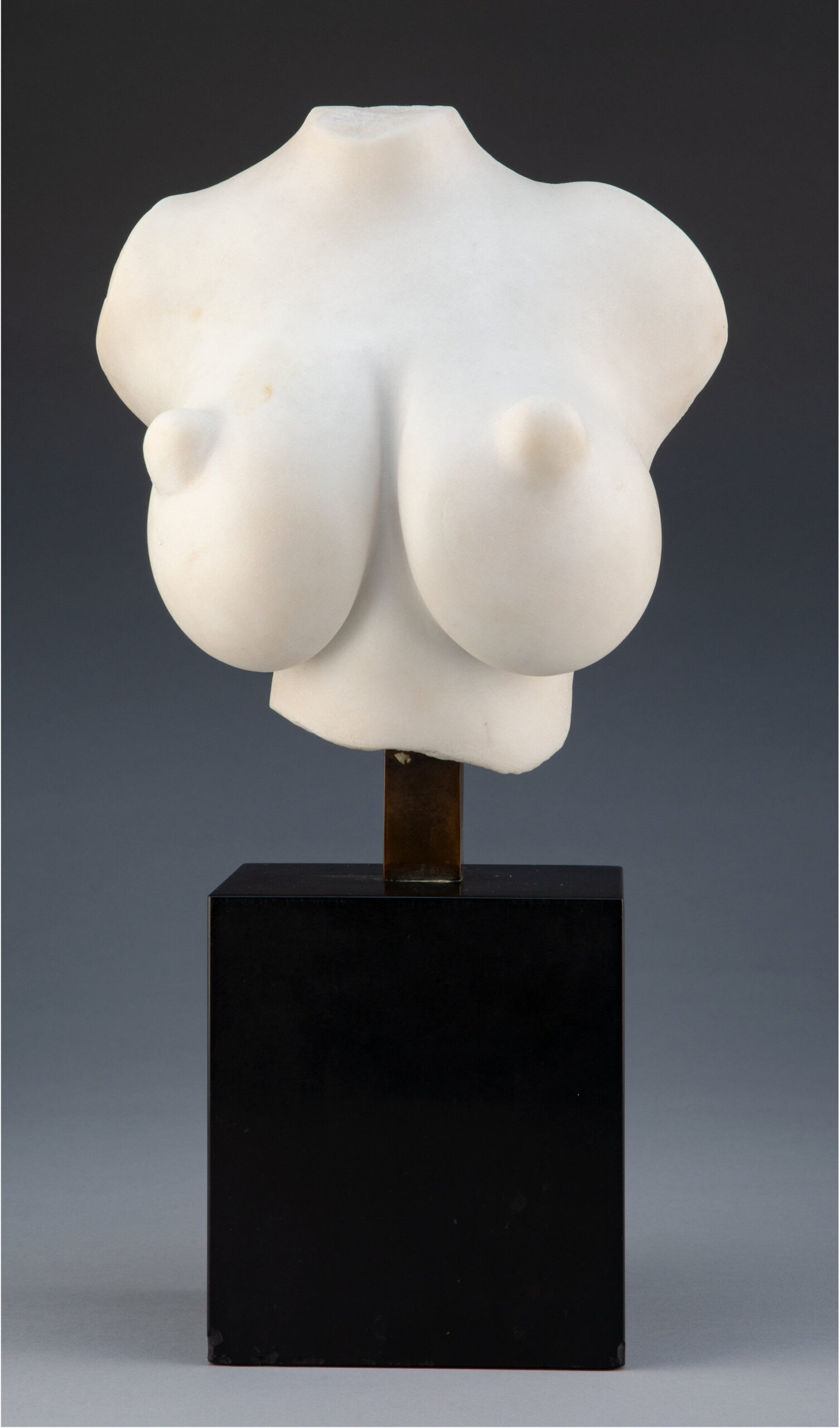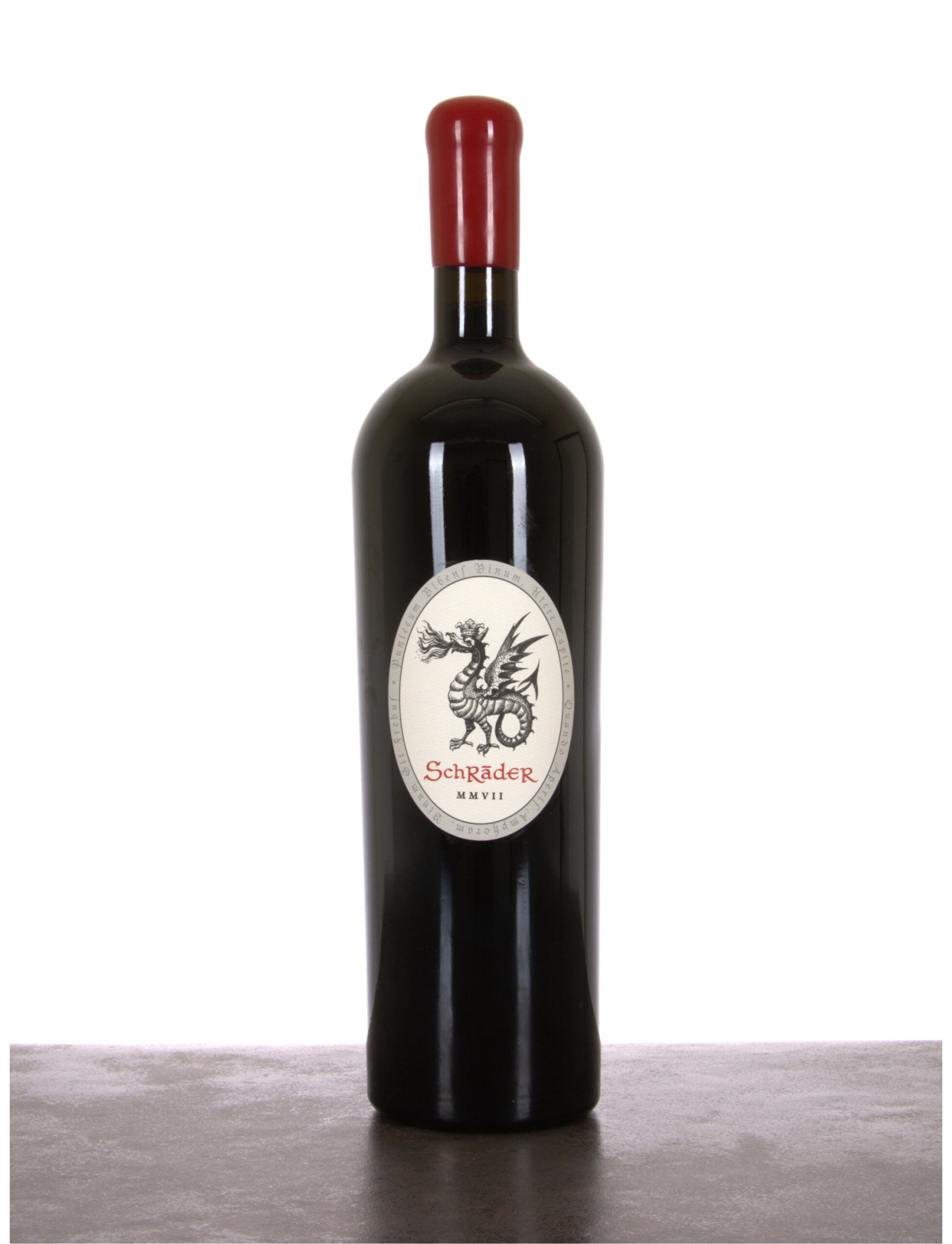THE NAPA VALLEY LEGEND TALKS WORLD-CLASS WINES, RECORD-SETTING PAINTINGS AND THE UPCOMING AUCTIONS OF HIS WIDE-RANGING COLLECTIONS
Interview by Rhonda Reinhart
By Fred Schrader’s estimation, he has bought and sold more than 200,000 items. An art dealer and collector since the 1970s, the New Jersey-born, Florida-raised businessman has traveled the world in pursuit of treasures ranging from 16th-century Italian sculptures and modern abstract paintings to American Indian artifacts and Tiffany lamps. But one of Schrader’s most prized discoveries happened by chance, and it had nothing at all to do with art and antiques.
In 1988, an invitation to the Napa Valley Wine Auction opened Schrader’s eyes to the world of winemaking. By that point, he had long been a connoisseur of wine, but producing his own had yet to occur to him. “I got into winemaking as a hobby,” he says. “I never thought I was going to make any fortune in it, but fortunately I did.”
In addition to art and wine, Schrader counts fine cigars as one of his passions. Photo by Greg Gorman.
Schrader also never thought he’d go on to produce one of the world’s finest Cabernet Sauvignons, but he did that, too – first with Colgin Cellars, which he helped establish, and then with his own label, Schrader Cellars, which he launched in 1998. Over the years, Schrader Cellars has racked up an impressive list of accolades, including 39 perfect scores from top wine critics, and earned an equally impressive number of enthusiastic fans, who often wait years to land a spot on the winery’s coveted membership list.
Beginning this month, however, collectors will have a chance to own the rarest of the rare that Schrader has to offer – and not just on the wine front. Property from the Collection of Frederick H. Schrader, Napa Valley – encompassing wine, art and antiques from the lifelong collector’s vast and varied assemblages – will be featured in a series of Heritage auctions through 2025, including a single-owner auction slated for next February. In advance of the auctions, Schrader sat down with Intelligent Collector to discuss his influences, his favorite finds and the secret to his success.
Schrader as he appeared on the November 15, 2010, cover of ‘Wine Spectator’ magazine, which dubbed him ‘A New Star in Napa.’ Photo by Greg Gorman.
When did you first become interested in art, and what led you to start collecting it?
I started collecting when I was 7 or 8 years old. I was collecting coins – that’s how I started in the business. Then, as I got older, it expanded to antiques and then to paintings. So, by the time I was 18, I was fully immersed in about all fields of art.
Who or what influenced you most as a collector?
Well, I’ve had a number of people who influenced me, but probably the one who did the most was a man named Gerald Randolph, who had a computer company in Florida in the early days before there really were computers. He and I put our money together, and he sent me to England to start buying art and antiques and bring them back to the States in a container, which in those days took, like, three months. The profits were crazy because you could get a grandfather clock in England for $12. So I saw a lot of profit on that and decided to continue doing it, which worked out very well for me.
Ed Mell ‘Reaching Clouds,’ 2011. Property from the Collection of Frederick H. Schrader, Napa Valley. Available in Heritage’s November 15 American Art Signature® Auction.
Burgoyne Diller ‘First Theme,’ 1963. Property from the Collection of Frederick H. Schrader, Napa Valley. Available in Heritage’s December 10 Modern & Contemporary Art Signature® Auction.
As an art dealer, you’re essentially a professional treasure hunter. Is there one item that stands out in your memory as the most exciting find of your career?
The one that still sticks with me is the Dorothy story. There was a John Singer Sargent painting of Dorothy that now hangs in the Dallas Museum of Art that has been there since the early ’80s. I found the painting while visiting a client and offered $50,000. She refused, but a year later she wanted to sell. I told my assistant at the time to get the money out of the bank, get a cashier’s check, pay her, get the painting, get a ticket to New York and buy a seat on the plane for the painting, and get here as soon as you can. I bought it from the granddaughter of Dorothy with the paintbrush and the painting, the whole nine yards. I consigned it to auction where it sold for $280,000, setting a record for a Sargent painting at the time.
Martín Rico y Ortega ‘Santa Maria della Salute and the Dogana, Venice.’ Property from the Collection of Frederick H. Schrader, Napa Valley. Available in Heritage’s December 6 European Art Signature® Auction.
Gaston Lachaise ‘Breasts,’ circa 1930-33. Property from the Collection of Frederick H. Schrader, Napa Valley. Available in Heritage’s November 15 American Art Signature® Auction.
Tell me about some of the highlights in Heritage’s upcoming auctions of your art collections.
One of the highlights is the Gaston Lachaise Breasts sculpture. It was one of his most loved and coveted pieces that Lachaise only sold at a time of great desperation to the man who would become his biggest benefactor, Mr. Edward M.M. Warburg. Then there’s the small Mimbres Bear Effigy, which is one of the finest examples of an intact effigy ever found and still has traces of the polychrome decorations on the tabletta. There’s also the Russian Fruit Wagon once owned by Lord and Lady Duveen. That piece was originally given to Tsarina Maria Feodorovna by Queen Alexandra of England for Christmas in 1911 and was originally purchased from the Winter Palace in Petrograd.
After a successful career in the art and antiques business, you famously entered the world of winemaking. How did you first get into wine?
I always had a passion for wine thanks to Gerald Randolph. He was a big wine guy, and I was, you know, about 17 or 18, and I’d go over to his house practically every night, and he would pull out these fabulous wines. And he smoked cigars – I thought this is the kind of life I want to hang out in. He was my mentor; I learned a great deal from him and his approach to life and business.
Schrader Cabernet Sauvignon 2001 MX Beckstoffer To-Kalon. From the personal cellar of Frederick H. Schrader. Available in Heritage’s November 22 Fine & Rare Wine Signature® Auction.
Schrader Cabernet Sauvignon 2007 CCS, Beckstoffer To-Kalon. From the personal cellar of Frederick H. Schrader. Available in Heritage’s November 22 Fine & Rare Wine Signature® Auction.
You helped build one elite winery, Colgin Cellars, which is remarkable enough, but then you did it again with Schrader Cellars. What’s the secret to your success?
The secret to my success in the wine business is very simple: It’s attention to detail. First, you need to source the best grapes. Once you’ve found the best, the rest will be easy. If your grapes are not good, you can’t change that. The other success was hiring Thomas Brown as the winemaker. Thomas always knew when the best time to harvest was and how to read a vineyard. He really is the most intuitive winemaker I have ever met.
When you look back at your career in winemaking, what are you most proud of?
What I am most proud of with winemaking is the critical acclaim. We’ve had more 100-point wines than any other winery in the history of wine. Doesn’t matter if you’re French, Australian, Italian or American – we have had the most critical acclaim out of anyone, and that, of course, drives sales, which drives the market. So, when you have all those 100-point scores, people pay attention, and then it builds a following, and obviously that following is because people like what they try, and they order it again, and you have longevity in your sales.
Schrader Cabernet Sauvignon 2007 Old Sparky. From the personal cellar of Frederick H. Schrader. Available in Heritage’s November 22 Fine & Rare Wine Signature® Auction.
What are some of the standout bottles from your collection now headed to auction?
This offering is packed with true gems from my collection, which I am now passing on for the next generation to enjoy. Some highlights are the rare and early vintages, which simply don’t exist in the open marketplace. The 2007 double magnum of Old Sparky was my first 100-point score awarded by James Laube. The suite of double magnums from 2012 is one of the highest-acclaimed vintages Schrader ever produced. Also being offered are several 2016 mixed cases known for their concentrated fruit and velvety mouthfeel, showcasing the Tokalon terroir beautifully.
Property from the Collection of Frederick H. Schrader, Napa Valley will be offered in several Heritage auctions this year, including the November 15 American Art Signature® Auction, the November 22 Fine & Rare Wine Signature® Auction, the December 6 European Art Signature® Auction and the December 10 Modern & Contemporary Art Signature® Auction. The sale of the collection will continue in a variety of 2025 Signature and Showcase auctions, including the February 20 The Sophisticated Palate: The Collection of Frederick H. Schrader, Napa Valley Signature® Auction, the May 9 Fine Silver & Objects of Vertu Signature® Auction and the June 4 Ethnographic Art Signature® Auction.
 RHONDA REINHART is editor of Intelligent Collector.
RHONDA REINHART is editor of Intelligent Collector.










